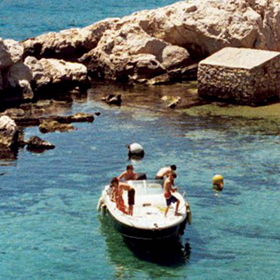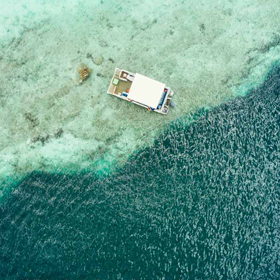- Pass from palaces to monasteries, through breathtaking scenery and to hidden villages
- Meet the people of the Brokpa community
- Tours at each stage of your route to Ladakh, with a private guide
- All our usual additional services are included, from fast-track airport services to our network of local concierges.
Contact one of our specialists + 44 (0) 20 3958 6120
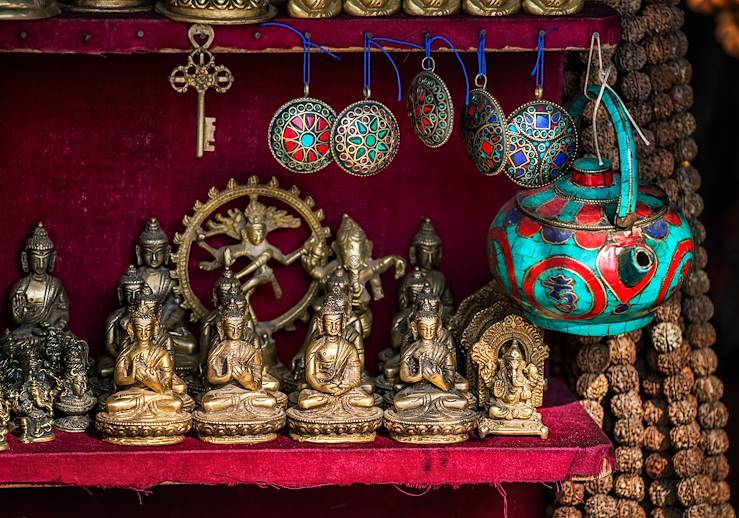
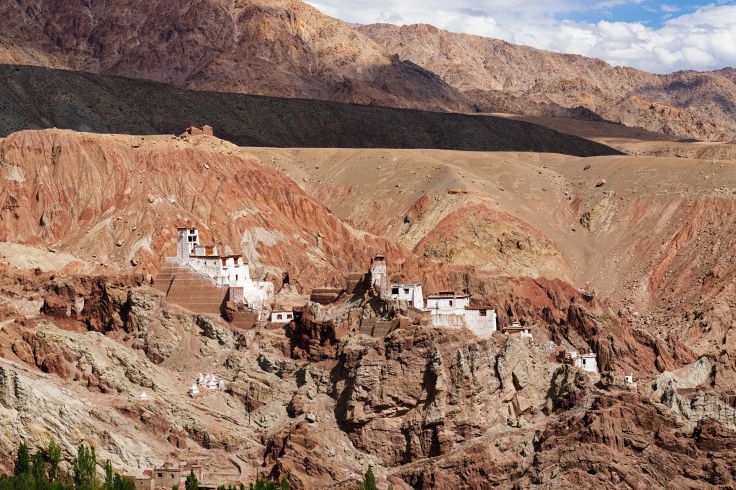
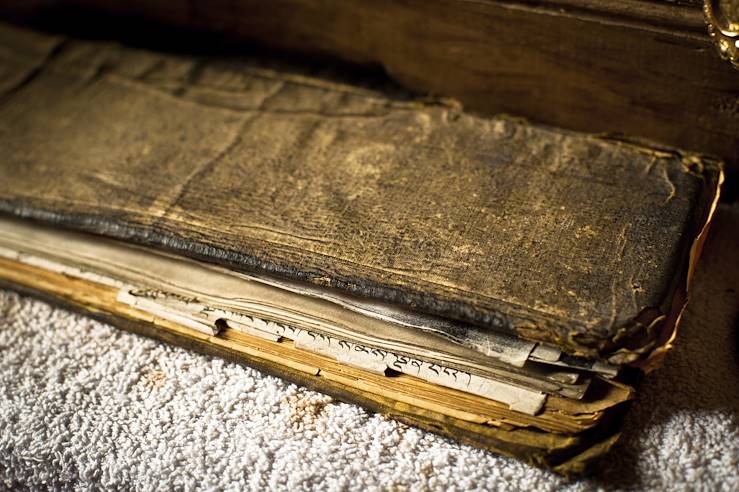
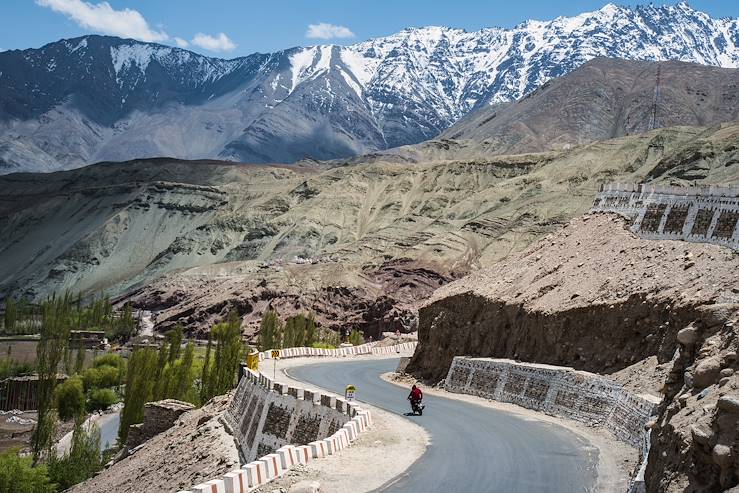
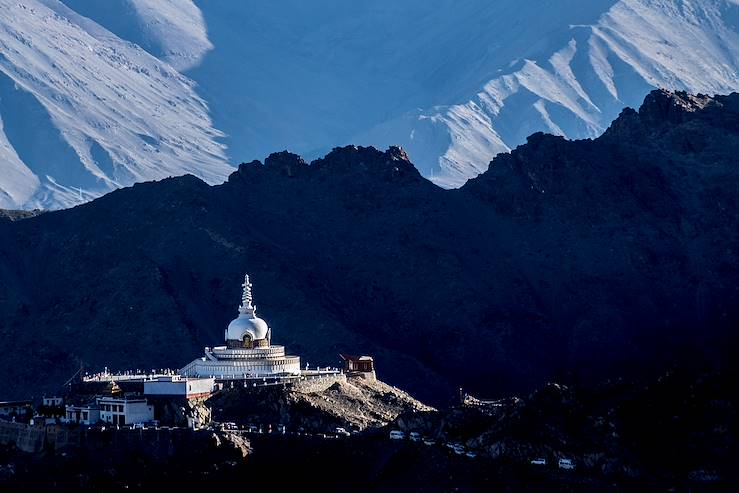
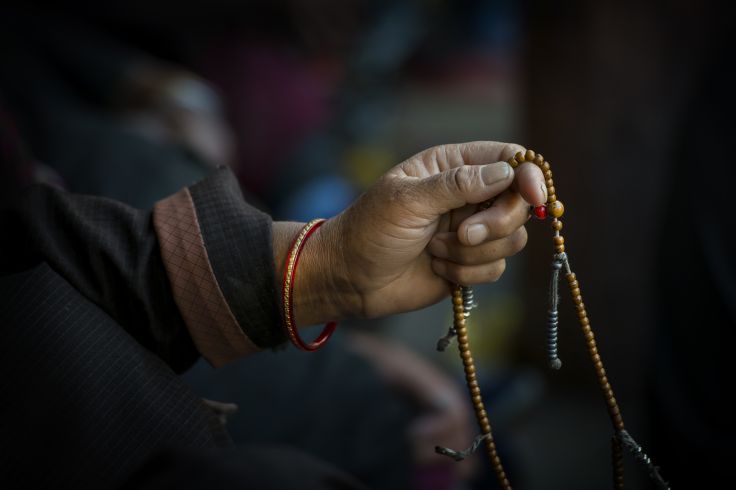
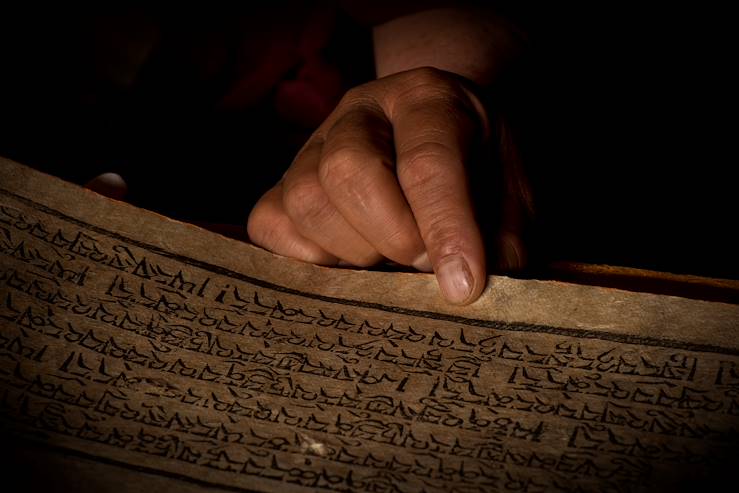
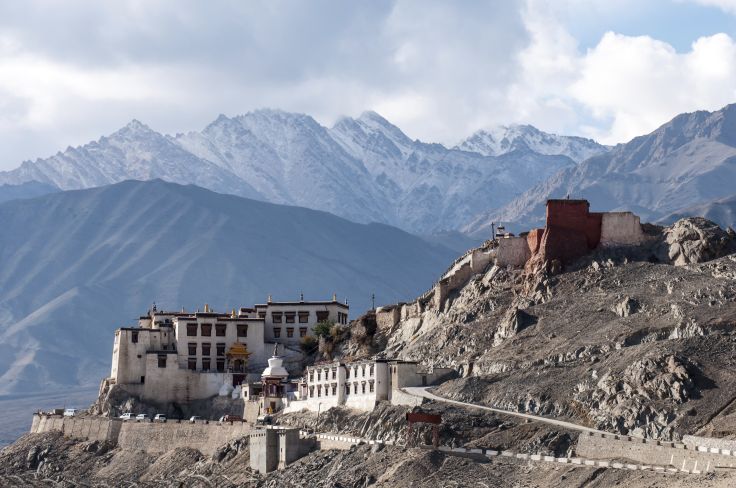
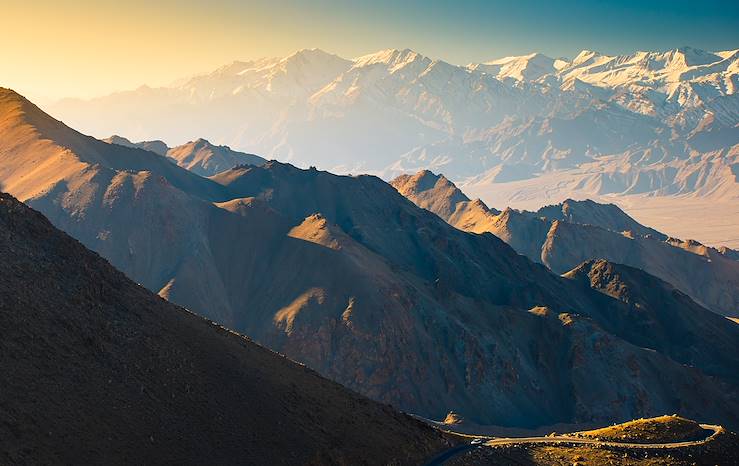

Your trip
You will have a private guide and drvier throughout your stay in Ladakh. Your hotels range from luxury in Delhi, at the end of your trip, to fairly basic in Dha, where isolation is the name of the game. The hotel in Nimmu is a particular highlight. Tours are led by the guide who is an expert in all the regions you're visiting. You will be going to fairly high altitudes but the trip is designed so that you climb very gradually, giving you time to adjust at each stage. If along the way you come across something unexpected you wish to visit or there's something you wish to change, our local Concierge will be on hand to assist.Route
Flight to Delhi
Transfer. And overnight stay not far from the airport, in a modern hotel.
Delhi - Leh
Transfer to the airport and flight to Leh. Transfer and accommodation for three nights on Changspa Road, a few hundred yards from the Friday Mosque (Jama Masjid, 17th century). Situated in a grove of willows and poplars, the hotel is in classic Himalayan style. The hotel has a vintage vibe and a beautiful courtyard, which in spring, when the apple and apricot trees are covered with blossom, is delightful. From the roof terrace there are outstanding views of the castle.
Included in the itinerary - Old Leh. The Silk Road once passed through Leh and it is one of the few remaining Tibetan stopping points. Walk through ochre-coloured streets, bordered by traditional adobe houses and where hokers have replaced the caravans of the silk road era. Head to the bazaar, whose stalls form a narrow passageway, which is located near the mosque. Then go to Sankar's gompa (a fortified religious establishment) for puja, an evening offering to Buddha.
Leh
Included in the itinerary - With your driver and guide, you'll leave in the early morning for the Thiksey Monastery. This Gelugpa gompa (scriptural school) is the largest in Ladakh; it is home to monks as well as to nuns. You will attend the morning service. Thiksey is renowned for its wall paintings and thangkas (canvas paintings). The location also offers stunning views over the Indus Valley. Having has an early morning, enjoy a country breakfast at Cafe Cloud. Then drive back to Hemis monastery, built in the 17th century. This is the main religious building of the Kagyupa Drukpa school in Ladakh. The buildings of the inner courtyard in particular display beautiful painted wooden galleries and frames. In addition to superb thangkas, the Monastery Museum sheds light on the principles and symbols of Tantric Buddhism. This visit is followed by a picnic on the banks of the Indus, the river that flows from Mount Kailash to the Sea of Oman. The Stakna Monastery (16th century), which you'll see in the afternoon, is perched at the top of a rocky mound, and houses one of Ladakh's richest libraries.
Leh
Included in the itinerary - Spituk has been a monastic site since the 11th century and, since the 15th century, a Gelugpa settlement. This gompa (religious building) houses a large statue of Palden Lhamo, the guardian goddess of Tibet. You'll then a walk down to a local village and have lunch again at the riverside. Later, head to the museum part of the Stok Palace. Built in 1820 and maintained exceptionally, with intricate woodwork and vibrant colours, this fortress is an excellent example of the architecture of the high valleys of the western Himalaya region.
Leh - Nurla
Drive to Nurla. Stay overnight just over a quarter of a mile from the village. The hotel sits on a slope which falls away towards the Indus. Its architecture combines modernity with regional heritage. The rooms are simple and clean, comfortable and well equipped. Sample well-prepared Ladakh cuisine in the hotel's restaurant. For even more authenticity, you can dine in the traditional kitchen. The courtyard outside the house is a great place to relax and rest, almost like an orchard. There are also some great activities on offer, like introductory yoga sessions.
Included in the itinerary - Built on a hill, the Likir Gompa was founded in the 11th century. In the classroom, the handing down of monastic wisdom is imbued with sacred texts through collective reading aloud. The museum houses a beautiful collection of ancient thangkas (Tibetan scrolls). Explore the Alchi Monastery, administered by Likir, and also founded in the 11th century. The Kashmiri influence is evident here in the monastery's three main buildings, the Dukhang (Grand Hall), the Sumsteg (whose function is uncertain) and the Manjushri Bodhisattva Temple. The walls are adorned with some of Ladakh's oldest murals. Some of the stupas date from the 13th century; these buildings with their complex symbolism are typical of Buddhism.
Nurla - Dha
Road to Dha. Overnight stay in a guest house run by a friendly couple. The house is very modest and clean. Comfort might seem a little spartan, but it's typical of Brokpa country conditions.
Included in the itinerary - Learn about the origins of Lamayuru Monastery, dating back to the 11th century. This is the oldest and largest gompa (religious building) still standing in Ladakh. Originally associated with the Bon religion (a native Tibetan folk religion which heavily influenced Tibetan Buddhism), it is now associated with the Drikung Kagyu school of Buddhism. Lamayuru has a somewhat chequered history, including being ransacked by the King of Jammu's (part of Kashmir) troops in 1834. The current buildings date back to the early 20th century and house 200 monks.
Dha - Temisgam
Included in the itinerary - Domkhar petroglyphs. There are a number of clusters of rock art in Ladakh but those on the Indus riverbanks in the village of Domkhar, which date back to the third millennium BC, are perhaps the best preserved. In 2012, the Domkhar Rock Art Sanctuary was established by a local farmer, consisting of 500-odd petroglyphs. It's an astonishing collection of prehistoric art depicting the people that lived here millennia ago, in a fitting location on the banks of the river that gave India its name. Interpretation of their meaning has only recently begun but there is no doubt that it will open up perspectives on the lives of the inhabitants of prehistoric Ladakh.
En route to Temisgam. Overnight stay in a traditional-style residence. The interiors are typical of the region; the rooms are muted, but comfortably furnished; the restaurant serves local dishes, as well as Indian classics; and the garden is a peaceful little corner to while away a couple of hours.
Temisgam - Nimmu
Included in the itinerary - Basgo was an important stronghold between the 15th and 17th centuries. Today it remains a monastery, looming among the rocks over the ruins of the ancient village. The first Mani (stones engraved with prayers) wall in Ladakh was built here which makes the place sacred; walking along it represents expressing all that the stones have to say. The three temples of the monastery are built of raw earth brick on an artificial mound. They are dedicated to the benevolent bodhisattva (a person on the path to Buddhahood) Maitreya. The interior paintings depict scenes from Buddha's life, as well as the donors who contributed to the beautification of the shrine.
Road to Nimmu. Accommodation for two nights in a stately house built at the beginning of the 20th century. This guesthouse is a fine example of conversion and restoration. The best experts and craftsmen were used. Rustic elegance, authenticity, aristocratic charm, everything is just right and comes together perfectly. It is situated in a huge orchard, meaning there are plenty of spots to pull up a deckchair and relax. Guests dine outside beneath the trees when it is sunny, and in the old kitchen when the weather isn't as good. The chef here uses local seasonal produce to create simple but delicious meals. The bedrooms are in the house, or there are tents outside. The hotel puts the promotion of Ladakhi culture at the heart of everything it does so guests can be assured they are travelling responsibly and respectfully of the local environment.
Nimmu
Among the possible activities at the hotel, a cookery class to create momos (Tibetan ravioli) is one of our favourites. A guided tour of the house is an opportunity to learn a lot about Ladakh's past and present. The hotel also houses a number of animals, including cows, goats, yaks, and dzo. The latter (if female, they are called dzomo) are the result of a cross between a yak and a zebu. In the surrounding area, you can hike and visit villages, shrines and orchards. Rafting on the Indus provides is a bit of an adrenaline rush; the Zanskar River more so. Yoga and meditation are other ways to absorb the spirit of the place. At this stage of the journey, you can also pull up a seat under a tree and spend a peaceful day relaxing.
Nimmu - Leh - Delhi
Transfer to Leh Airport and flight to Delhi. Transfer and overnight stay in Delhi. Your hotel, built in 1931, is an icon from the time of the British Raj and now is a place of an astonishing luxury. The hotel's colonial art collections are the country's largest and are available for guests to view.
Delhi - flight back home
Transfer to the airport and return flight.
A la carte
On return, we take care of returning the router, so that it can be recycled.
Option
A Rough Idea of Price
- Scheduled international and domestic flights
- Airline taxes and fuel surcharge
- Private transfers
- In Ladakh, you'll have an air-conditioned car with a private driver for seven days
- You'll also have a private guide throughout your time in Ladakh
- Indian Visa and Ladakhi Permit
- Overnight stay in Delhi in a double room with breakfast
- Three-night stay in Leh in a double room with breakfast
- Visits to the old town and the bazaar, evening puja (worship); visits to Thiksey, Hemis, Stakna, Spituk monasteries and Stok Palace
- Overnight stay in Nurla in a double room, half board
- Visits to Likir and Alchi Monasteries
- Overnight stay in Dha, in a double room with half board
- Visits to Lamayuru gompa and the petroglyphs in Domkhar
- Overnight stay in Temisgam in a double room, half board
- Visit to Basgo
- Two-night stay in Nimmu, in a double room with half board
- Overnight stay in Delhi in a double room with breakfast
- Our on-site Concierge service
Our local concierges
Travel diary app
UK airport lounge
Perfect picks
Modify your itinerary
UK departure assistance
CO2 absorption

